Geographically Indicated Products
Advertisement

Advertisement

Advertisement

Advertisement

Advertisement

Welcome to a culinary exploration sponsored by the Fethiye Chamber of Commerce and Industry. Join us as we unravel the captivating world of geographically indicated products, where flavors, traditions, and cultural heritage intertwine to create exceptional culinary experiences.
Geographically indicated products bear the mark of their origin, reflecting the unique terroir and traditional production methods of a specific region. Sponsored by the Fethiye Chamber of Commerce and Industry, this journey celebrates the authenticity and quality of these products. It embraces the cultural heritage they embody, preserves biodiversity, and supports sustainable local economies. Embark on this sensory adventure and savor the essence of geographically indicated products, as they transport you to the vibrant landscapes and rich traditions of Fethiye and beyond.
Seydiler Rug
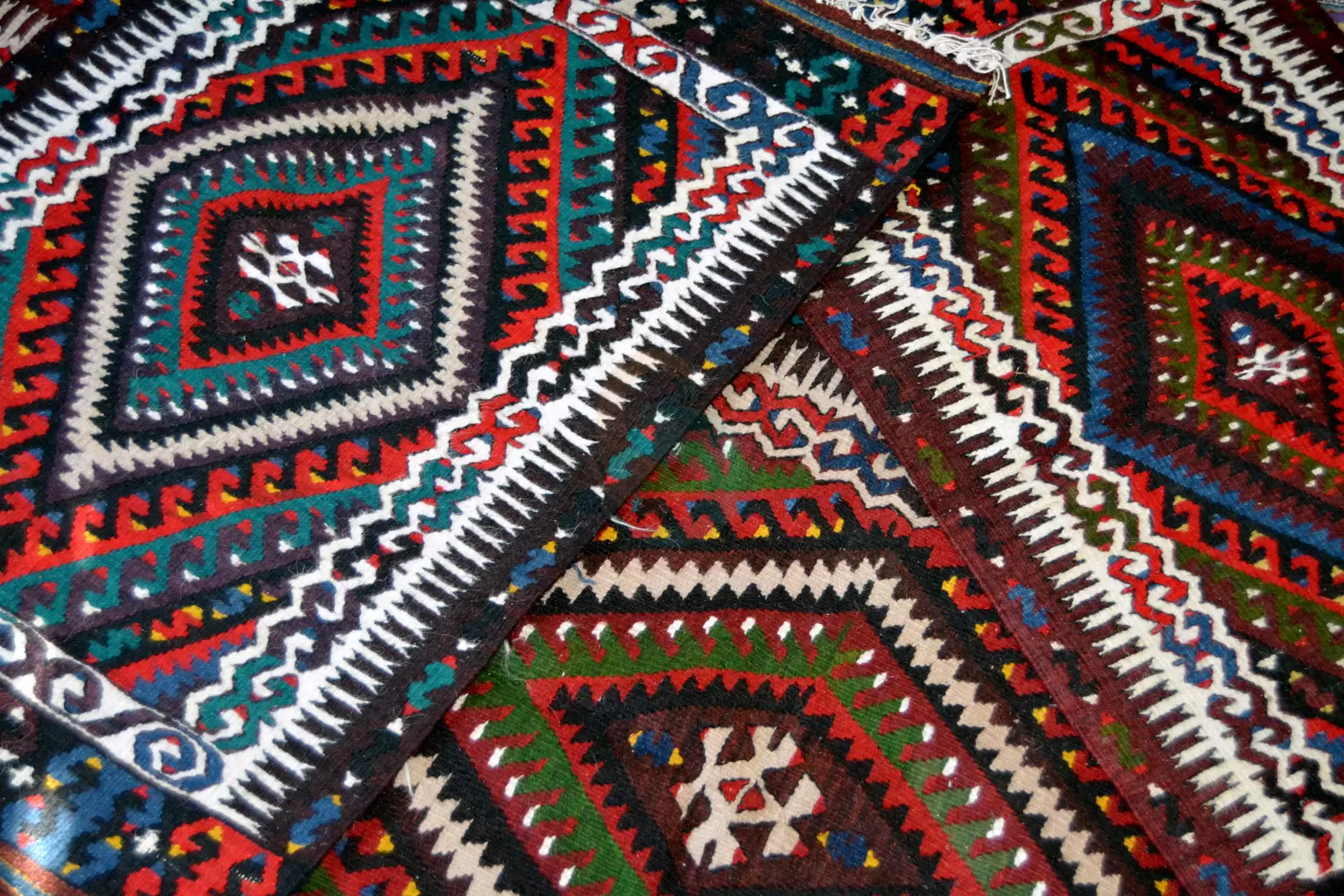
Bride killer, beast's foot, big mustache, pastern... These terms are a rug that smells of labor in every stitch; Some of the unique motifs of the 'Seydiler Kilim'. Each of the motifs meaning protection, evil eye and abundance is a reflection of our culture on the rug. These motifs and the distinctive colors used, which bear the traces of the Yoruk culture and later settled life, make the Seydiler Rug different from many rugs. This rug; It takes its name from the Seydiler neighborhood of Seydikemer district, which originates from Fethiye. Seydiler Kilim also continues to be kept alive in Atlıdere, Seki, Ören neighborhoods of Seydikemer. As a result of the work carried out by Fethiye Chamber of Commerce and Industry, it was entitled to receive a Geographical indication registration certificate from the Turkish Patent and Trademark Office.
Yeşilüzümlü Dastarı
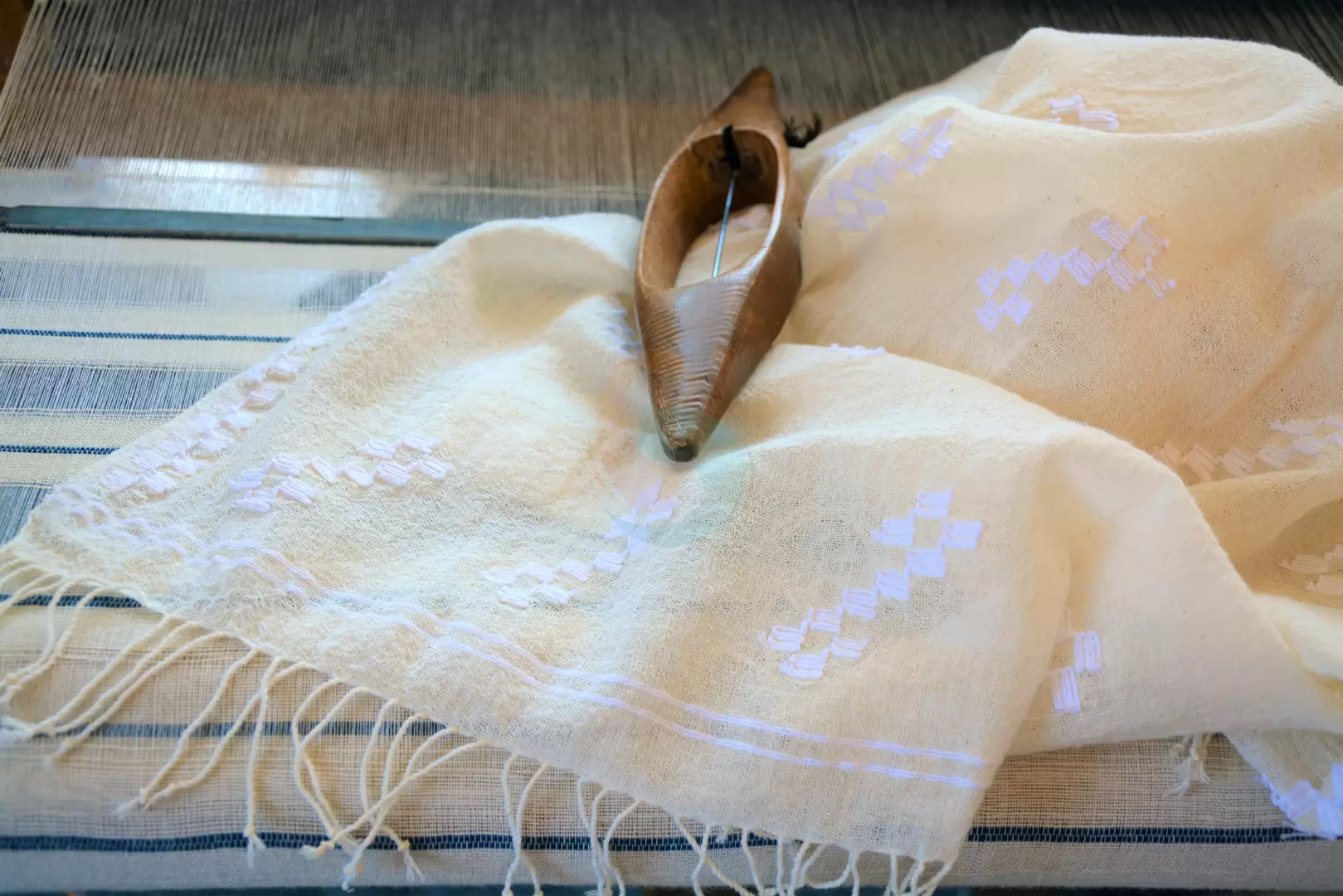
The cloth fabric called "DASTAR", woven by hand in Yeşilüzümlü village, is just one of the valuable products of the region. It is a type of weaving that has been inherited from mother to daughter by women in Üzümlü town for years and is produced on special hand looms found in almost every home. Apart from "Dastar", which is woven by placing motifs on it with plain weave technique, on Shuttle Looms called "Düven", various weavings are made with plain weave, which have different names depending on where they are used. This fabric, which was woven by our village women especially to cover their heads, has expanded its range of use over time and has begun to show itself in different areas such as tablecloths, shawls, bandanas, blouses, dresses and even wedding dresses. As a result of the work carried out by Fethiye Municipality, it was entitled to receive a Geographical Indication Registration Certificate from the Turkish Patent and Trademark Office.
Rock Carpet
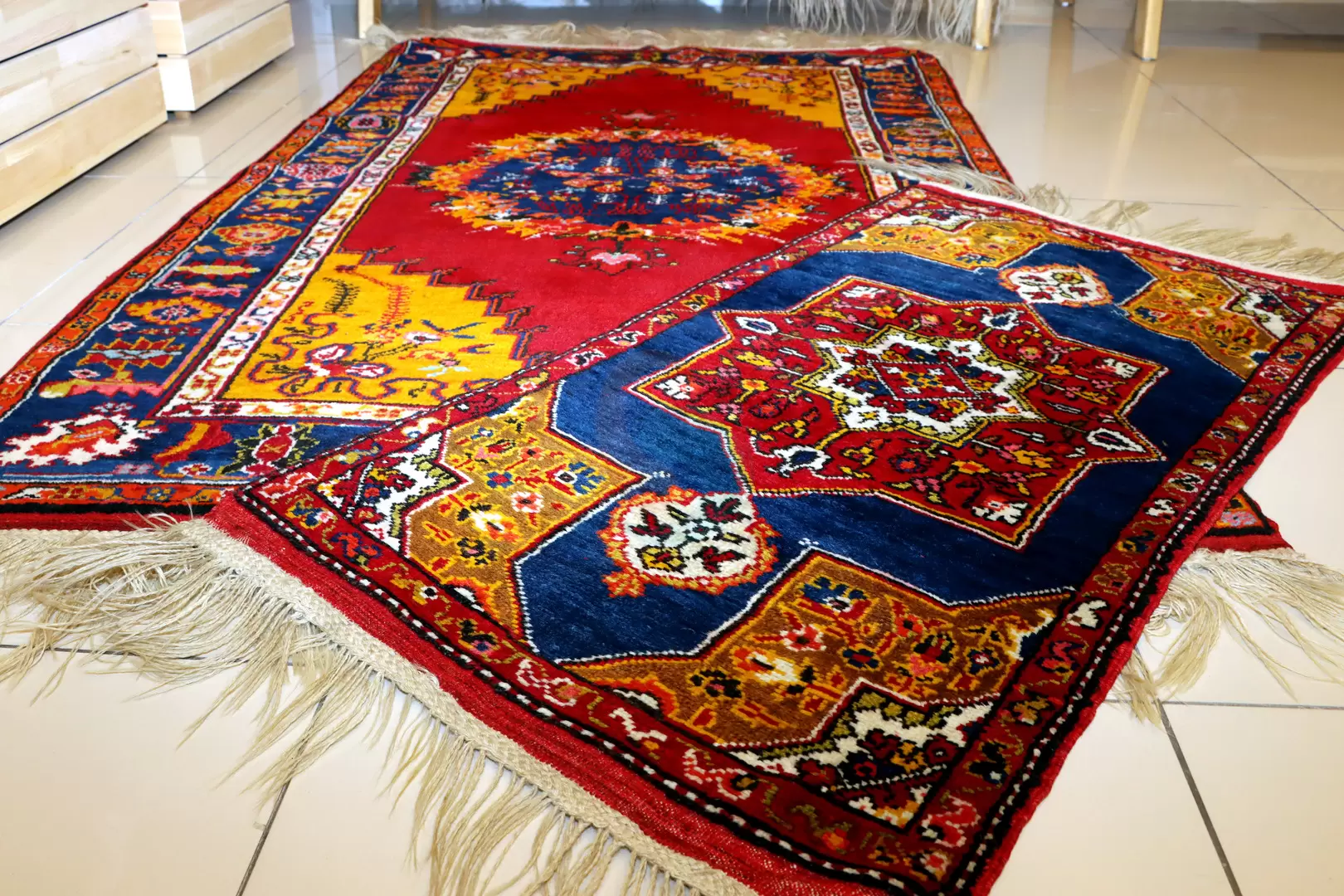
Fethiye Rock Carpet was born from the cultural interaction between the Turkmens who migrated to the region and the local people who lived here before, and carpet weaving began to become widespread from the early 19th century. Fethiye Rock Carpets are small-sized carpets created by weaving floral motifs in medallion or corner-core style, which are interpreted faithfully to the original motifs in the carpets woven by weavers from the past to the present. These carpets, which are entirely hand-spun and made with madder dyes, consist of bright and contrasting colors due to our multi-colored culture. The main colors are red and dark blue, but green (zeytunen), blue, black, white and orange are also predominantly used. As a result of the work carried out by Fethiye Municipality, it was entitled to receive a Geographical Indication Registration Certificate from the Turkish Patent and Trademark Office.
Fethiye Rock Fig
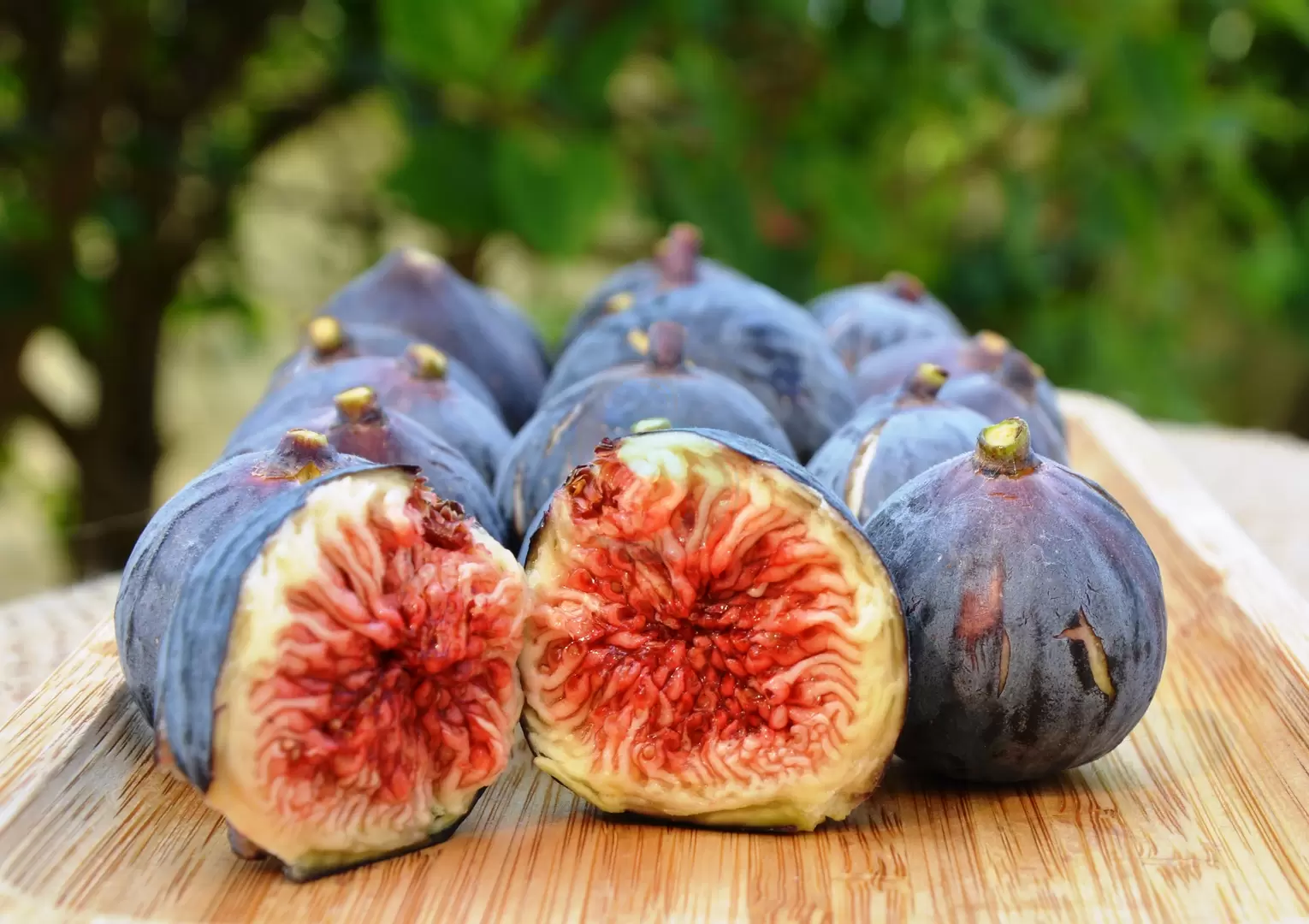
Fethiye Kaya Fig is a product identified with Kayaköy. It can be grown in the neighborhoods of Fethiye and Seydikemer with favorable soil and climate conditions. Rock fig is a very sweet black colored, thin-skinned, small fruit with a red inside. The fruit is consumed fresh as well as dried. Dried Rock Fig is dipped into boiling water containing myrtle and thyme leaves. This process is called 'Bandırma' in the region. By being left to dry again, it becomes an aromatic dried fig with its unique smell and a texture that becomes candied as if powder has been poured over time. Fresh harvest and drying of rock figs takes place in August and September. This important product, unique to the region, was included in the official bulletin of the Turkish Patent and Trademark Office dated April 1, 2021, as a result of the initiatives of the Fethiye Chamber of Commerce and Industry, and completed its 3-month suspension period.
Fethiye Tahini
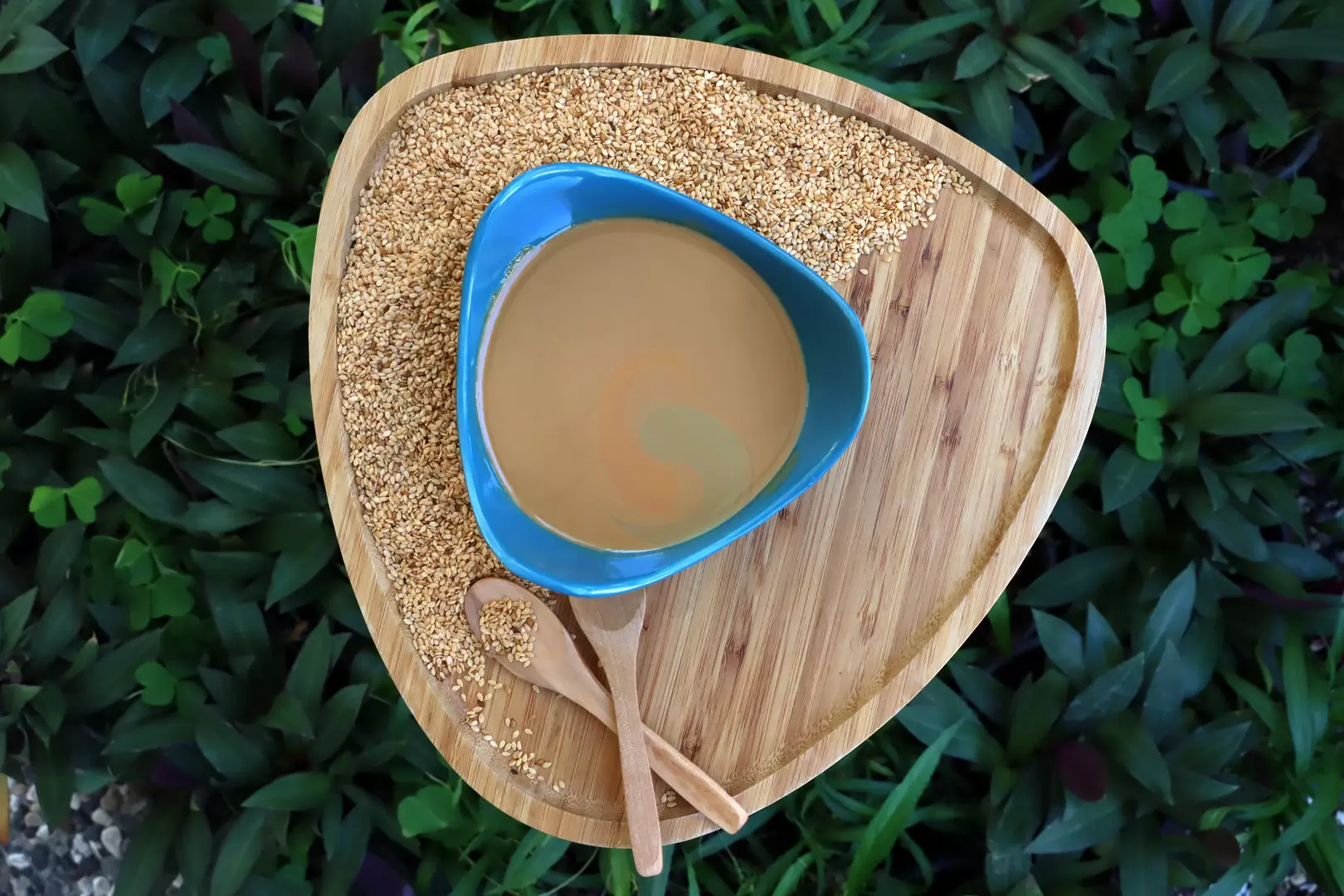
Sesame production and export in the Fethiye and Seydikemer regions are frequently mentioned in the yearbooks, which are annuals that collectively show the events that took place during a year by public and private institutions in the Ottoman Empire. 'Fethiye Tahini', which was produced in water mills in the past, is now produced in modern facilities. Fethiye Tahini differs from its counterparts with its high fat content, dark color and 'Double Roasted' features. Due to its unique qualities, double roasted 'Fethiye Tahini' is Turkey's first Geographically Indicated tahini. Fethiye Tahini is also Fethiye's first Geographically Indicated agricultural product. As a result of the work carried out by Fethiye Chamber of Commerce and Industry, it was entitled to receive a Geographical indication registration certificate from the Turkish Patent and Trademark Office.
Fethiye Tarhana
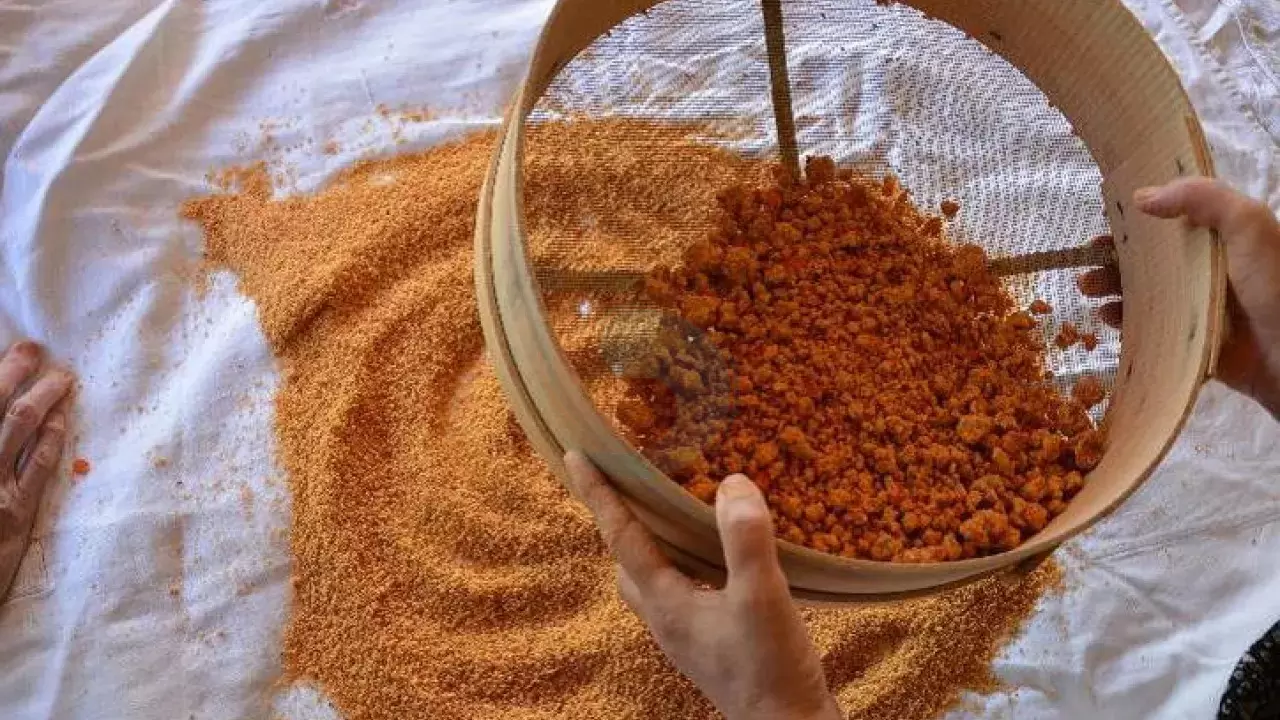
It is a traditional type of tarhana specific to the Fethiye and Seydikemer regions, usually prepared towards the end of August, with a combination of wheat grown in the plateaus of the region, legumes, tomatoes, red peppers and onions, as well as locally grown thyme, fresh or dried mint, salt, yeast and yoghurt. The feature of Fethiye Tarhana is the use of local vegetables and more than one legume and the use of thyme in making the tarhana. Tarhana legumes grown in the plateaus are sieved and the large parts remaining on top are called 'göcelik' in the region. Since making tarhana is very laborious and requires human labor, help is sought from relatives and neighbors. During the construction phase, there are traditional fertility rituals such as wishing for abundance by breaking garlic over the cooking tarhana cauldron, and mentioning the names of relatives and loved ones while the kneaded tarhana is put into sacks.









